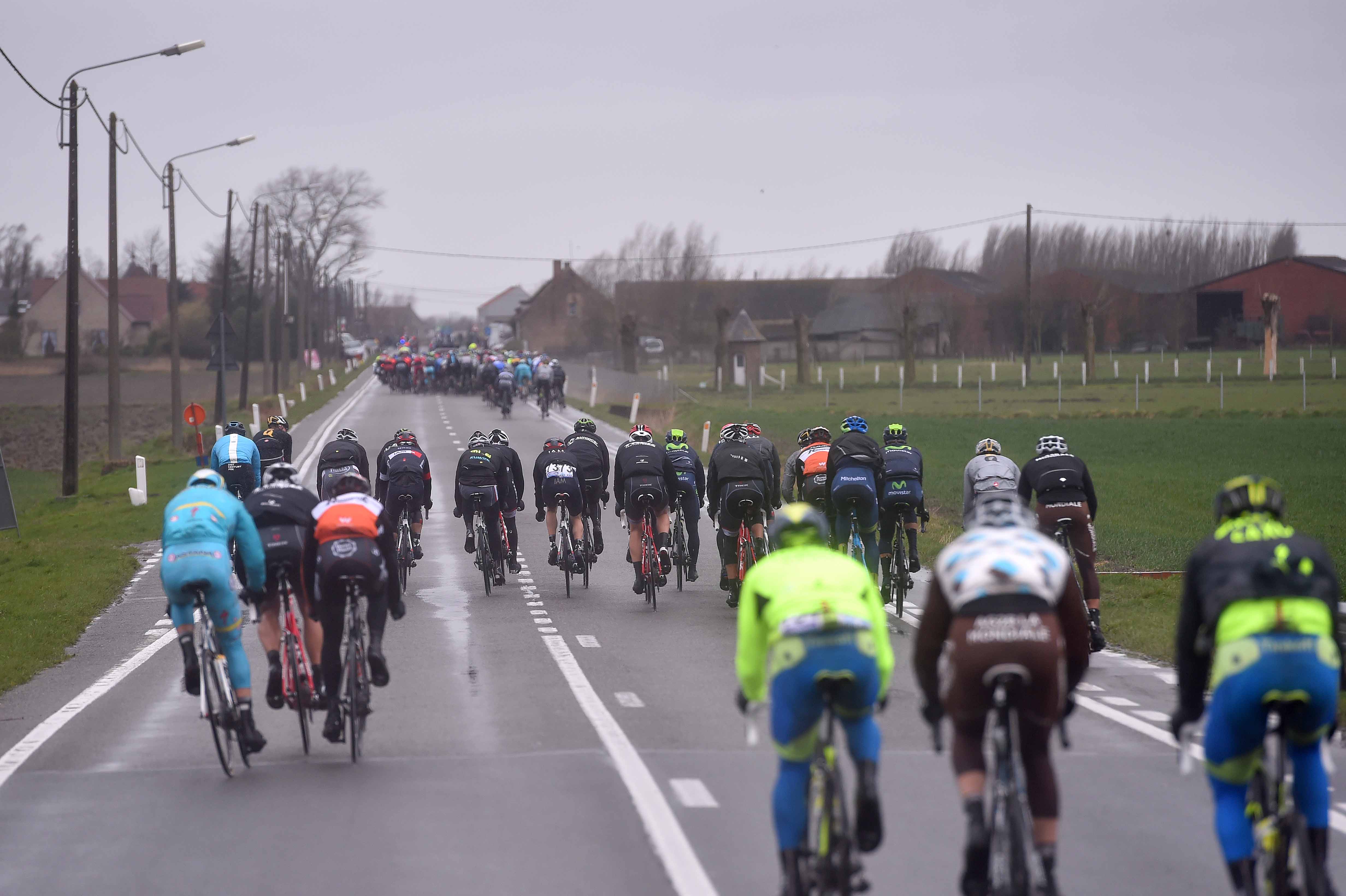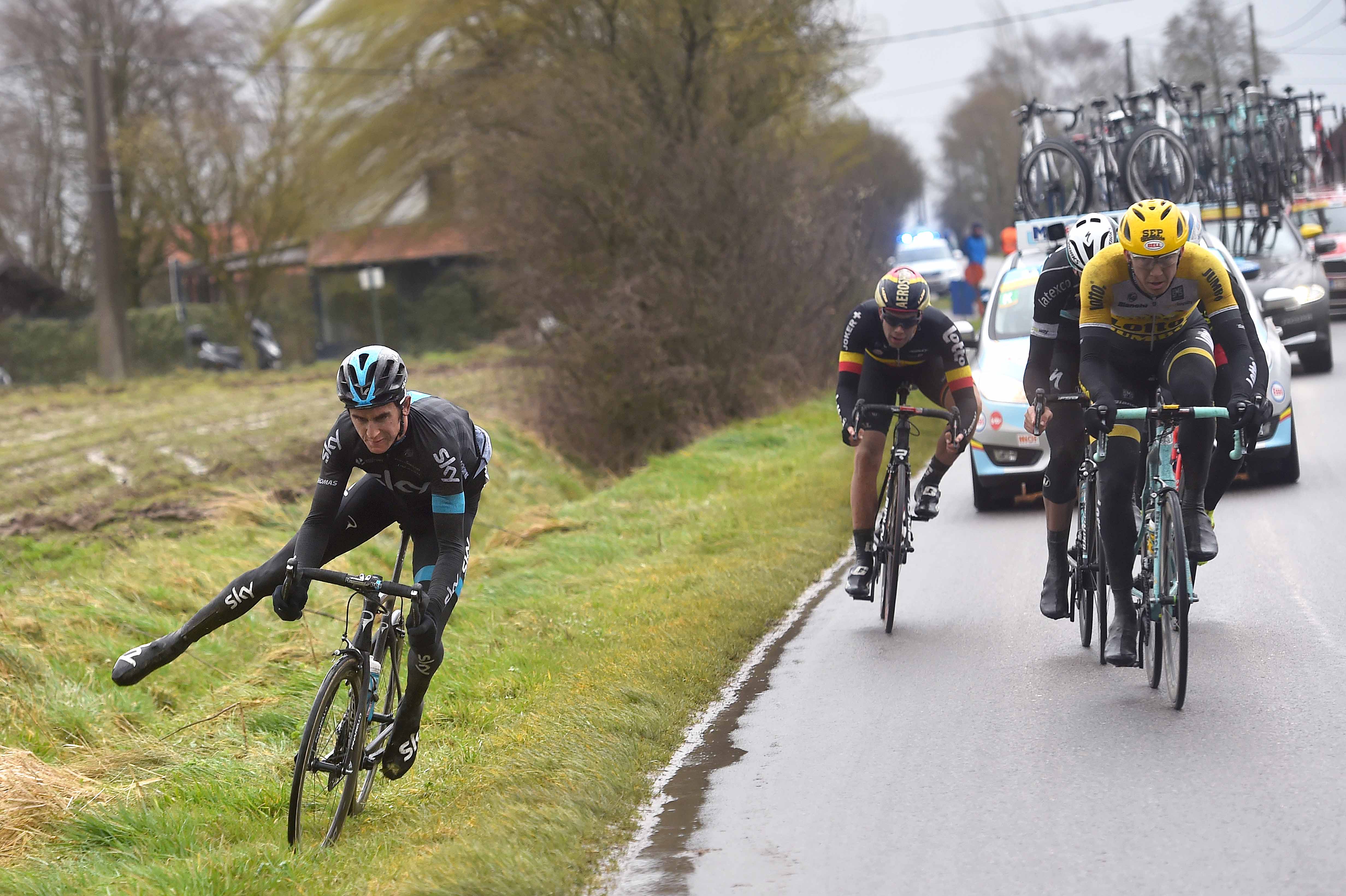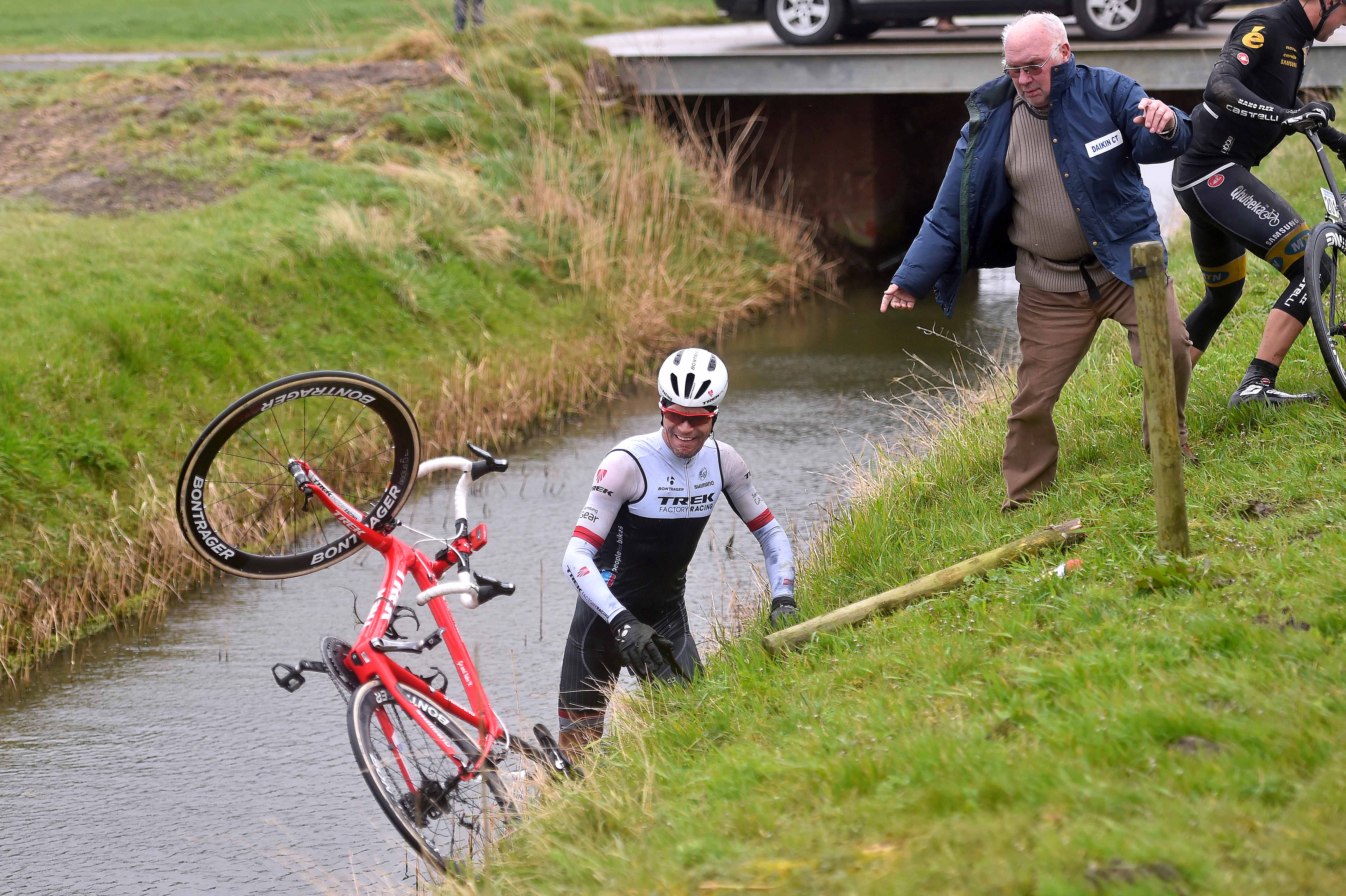De Panne: Opening kilometres of stage one neutralised
High winds continue to hit Belgium



The organisers of the Driedaagse De Panne have reportedly taken a decision to neutralise the first 12 kilometres of the opening stage due to concerns about rider safety during the race. The decision is officially due to the narrow roads and rail tracks in the opening kilometres of the stage but the strong winds that have been battering Belgium for the past few days are also a major concern, especially amongst the riders.
Winds of 50km/h are forecast for the Belgian coast, with gusts of up to 80 kilometres an hour have been predicted but that is expected to die down throughout the day. The opening stage of the race starts in De Panne and ends in Zottegem, cutting across Belgium in a southwest direction. The wind is expected to blow from the east, and so could help push the riders or cause echelons.
On Sunday, the peloton was hit by winds of up to 90 kilometres per hour, which blew some riders off the road – and some into the nearby canals. The riders took the decision to self-neutralise the race for a while but the race eventually went on, with Luca Paolini (Katusha) emerging as the winner. However only 39 riders finished the race.
The decision to neutralise part of the route highlights the argument by riders that there needs to be an extreme weather protocol to protect the riders. The debate on rider safety has been exacerbated after the extreme heat at the Tour of Oman and the snow hit stage of Tirreno-Adriatico to Terminillo.
Several riders tweeted their concerns about racing in the high winds. However the race organisers insisted that they are closely monitoring the weather and expect conditions to improve.
"We're following the weather closely," Johan Van Hecke, part of the race organization told the Cyclingpro.net website. "The worst of the storm is now over and so are the winds. The weather forecasts are positive. The weather is getting better, the worst of the storm was between 7 and 9 this morning. Moreover, we have people in different places on the route to who assure us that the race is 'doable'. We remain in constant contact with meteorological services. And if the weather worsens and the situation is too dangerous, we can still take action during the race."
Get The Leadout Newsletter
The latest race content, interviews, features, reviews and expert buying guides, direct to your inbox!